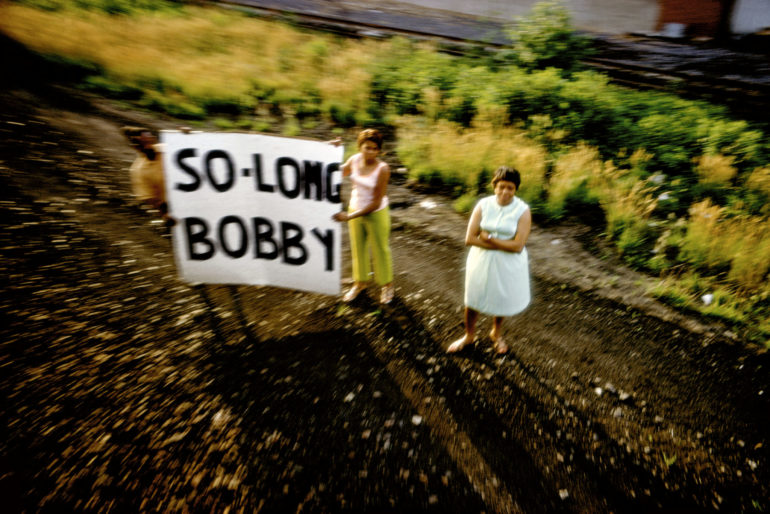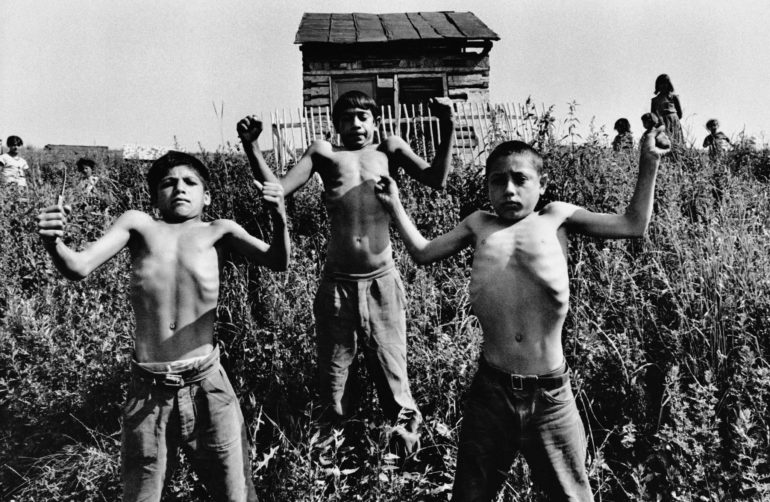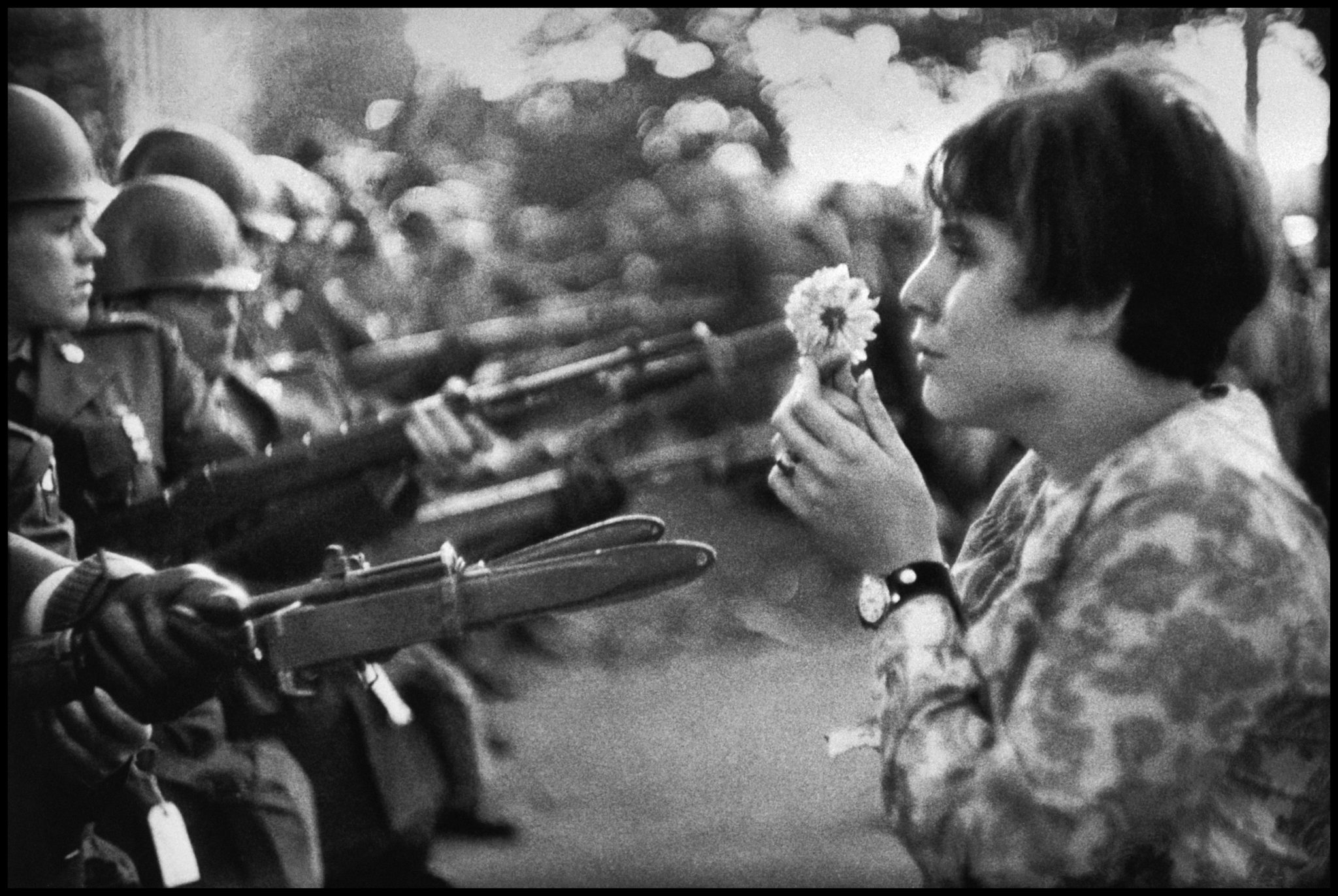Last Updated on 04/26/2017 by Chris Gampat
All images in this article are used with permission from ICP.
Next month, the International Center of Photography is teaming up with Magnum Photos for a special exhibition called the Magnum Manifesto. This year, the famed agency has been focusing a whole lot on social change. With this being the agency’s 70th year, they upcoming exhibition at the International Center of Photography is going to feature work from photographers such as Christopher Anderson, Jonas Bendiksen, Henri Cartier- Bresson, Cornell and Robert Capa, Chim, Raymond Depardon, Bieke Depoorter, Elliott Erwitt, Martine Franck, Leonard Freed, Paul Fusco, Cristina Garcia Rodero, Burt Glinn, Jim Goldberg, Joseph Koudelka, Sergio Larrain, Susan Meiselas, Wayne Miller, Martin Parr, Marc Riboud, Alessandra Sanguinetti, Eugene W. Smith, Alec Soth, Chris Steele-Perkins, Dennis Stock, Mikhael Subotzky, and Alex Webb.
More details about the upcoming exhibition are after the jump.

NEW YORK, NY (APRIL 21, 2017) — The International Center of Photography (ICP), the world’s leading institution dedicated to photography and visual culture, continues its designated “Year of Social Change” with Magnum Manifesto, which celebrates the 70th anniversary of the renowned Magnum Photos collective. Premiering at the ICP Museum (250 Bowery, New York, NY) on May 26, the landmark exhibition underscores ICP’s long-standing connection to concerned photography and the social and historic impact of the medium as a whole.
Organized by curator Clément Chéroux—formerly chief curator of photography at the Centre Pompidou, now senior curator of photography at SFMoMA—in collaboration with photography historian Clara Bouveresse and ICP Associate Curator Pauline Vermare, Magnum Manifesto offers an examination of the history of the second half of the 20th century through the lenses of 75 masters, providing a new and insightful perspective on the contribution of these photographers to our collective visual memory. The wide-ranging exhibition traces the ideas and ideals behind the founding and development of the legendary cooperative, created by Robert Capa, Henri Cartier-Bresson, Maria Eisner, George Rodger, Chim (David Seymour), and Rita and William Vandivert in 1947.
“When you look through the Magnum archive, you cannot help but feel a mixture of jubilation and vertigo.
The vast collection of images and information amassed over the seven decades since the creation of the cooperative—the great events of the day, together with the commonplace facts and deeds of everyday life, the laughter, the violence, moments of magic or of symbolic signi cance, and even representations of abstract thought—potentially it contains all the histories of the world,” says Chéroux. “Magnum Manifesto points to how vast the exploitable elds covered by the collection are. It offers a small reconstruction of the entire range of human experience and shows that Magnum is a world in itself.”
The exhibition is organized into three main parts:
• Part I: 1947–1968: “Human Rights and Wrongs” views the Magnum archive through a humanist lens, focusing on post-war ideals of commonality and utopianism. A centerpiece of this section will be the Paul Fusco series, RFK Funeral Train.
• Part II: 1969–1989: “An Inventory of Differences” shows a world fragmenting, with a focus on subcultures, minorities, and outsiders. This section features images from a range of photographers, including Danny Lyon and Susan Meiselas.
• Part III: 1990–2017: “Stories about Endings” charts the ways in which Magnum photographers have captured—and continue to capture—a world in flux and under threat, from Thomas Dworzak’s images of the Taliban to Donovan Wyle’s Maze series, and very recent photos such as those from Alessandra Sanguinetti in the aftermath of the Nice terrorist attacks.

The exhibition is a co-production between ICP and Magnum Photos. The accompanying catalogue is published by Thames & Hudson.
ICP’s presentation of Magnum Manifesto is supported in part by an award from the National Endowment for the Arts, and by public funds from the New York City Department of Cultural Affairs in partnership with the City Council.


